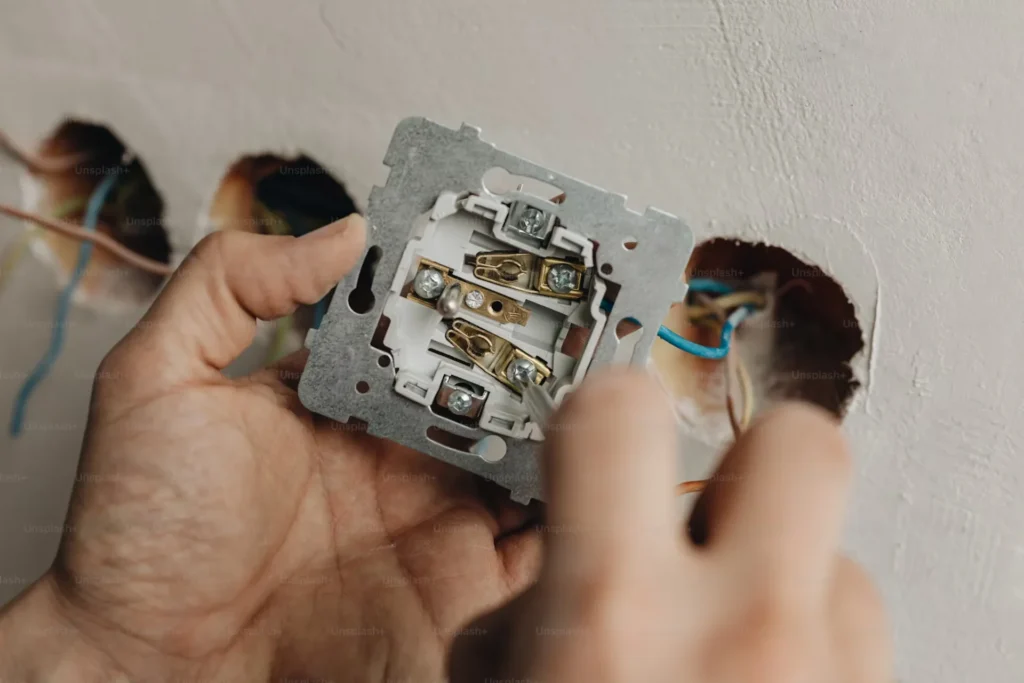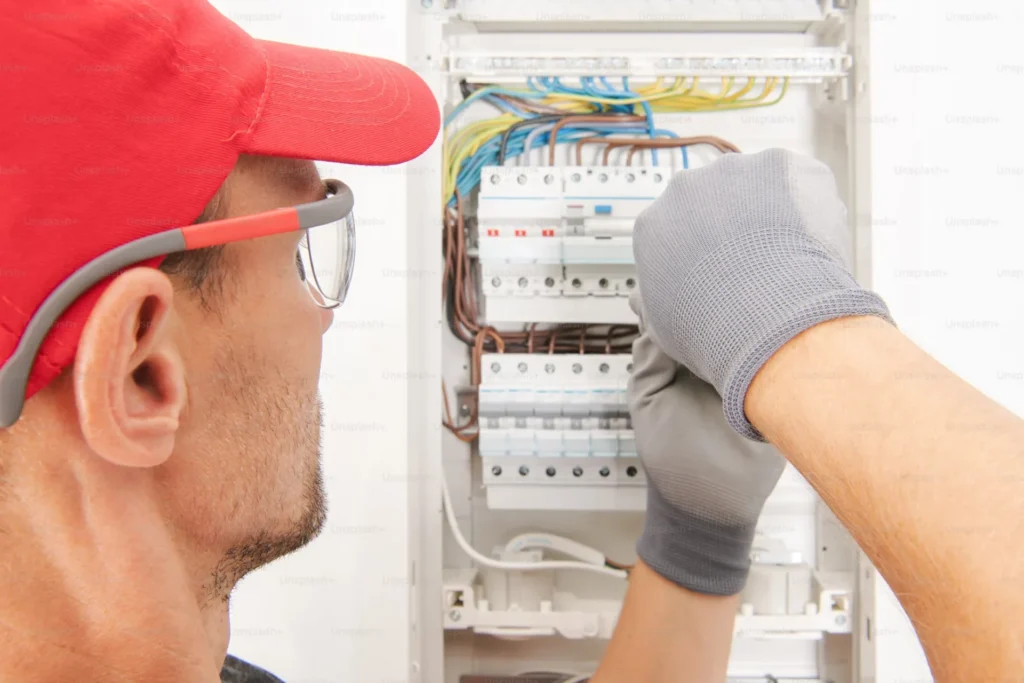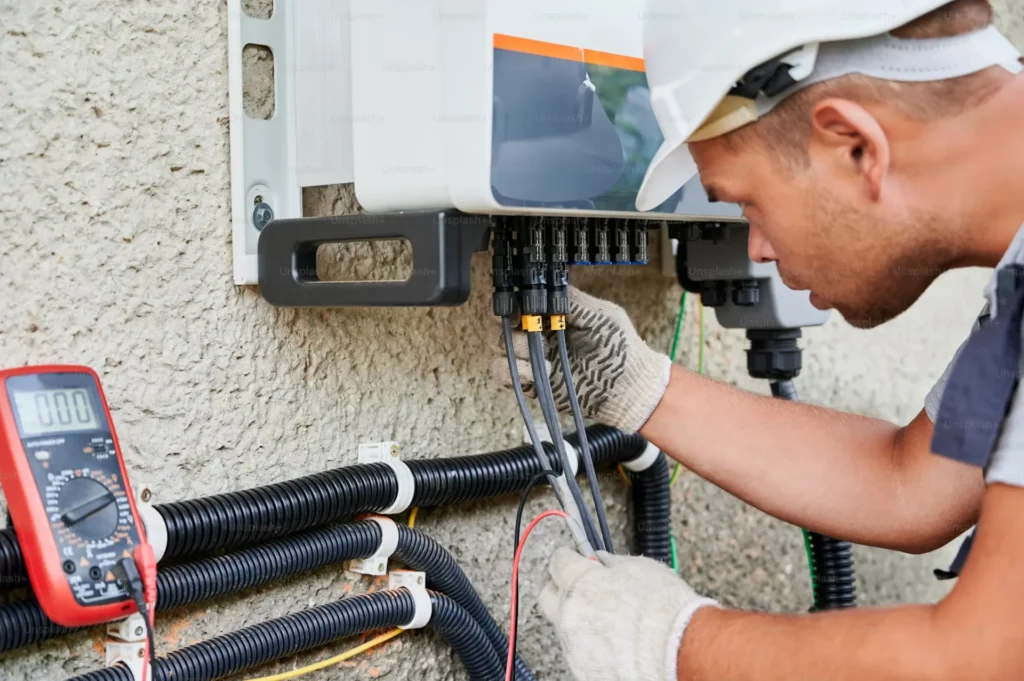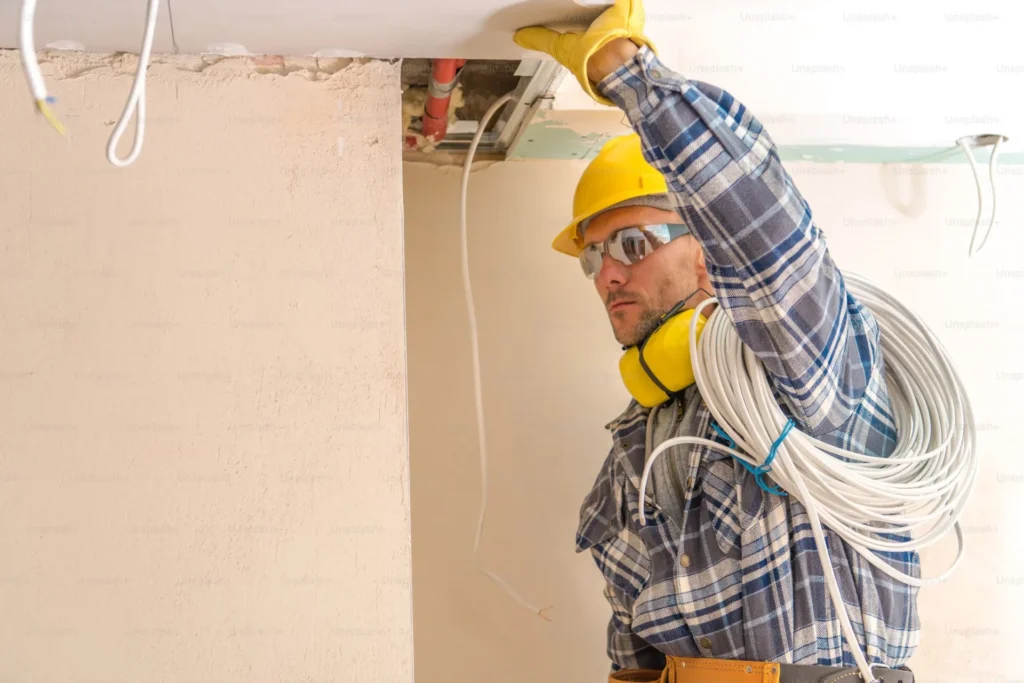Disclaimer: This article provides general information about the AS/NZS 3000:2018 Wiring Rules and should not be considered as professional legal or electrical advice. For specific guidance, please consult a licensed electrician or relevant professional.
When it comes to electrical wiring, many people believe they understand the rules, but misconceptions about AS/NZS 3000:2018 can lead to costly mistakes. These misunderstandings could affect safety, compliance, and the overall effectiveness of an electrical installation. This blog will address five common misconceptions about the AS/NZS 3000:2018 Wiring Rules.
1. Only Applies to New Installations

During the process of repairing, upgrading, or otherwise modifying existing electrical systems, the wiring rules are also applicable to those systems. This ensures that any changes made meet current safety standards, reduce potential hazards, and integrate seamlessly with the rest of the system, providing long-term reliability and compliance with modern regulations.
Whether it’s adding new outlets, changing circuits, or installing new equipment, electricians must follow the updated guidelines to ensure everything remains safe and compliant. These updates reflect modern safety expectations, improved technology integration, and evolving energy use patterns, making adherence essential not only for code compliance but also for long-term performance, system reliability, and client satisfaction.
If an older installation is modified, it must meet the current standards, even if the original work was done under previous versions of the rules. This ensures that the entire electrical system is safe and up to date with the latest safety practices.
2. Too Complicated for Practical Use

While it covers detailed guidelines, these rules are meant to ensure safety and efficiency in all types of installations, large or small. The rules include simple instructions that electricians can follow, and they are structured in a way that makes sense for real-world applications. As technology evolves, the guidelines may become more detailed, but they remain practical and crucial for safe electrical work.
3. Only About Electrical Safety
It is not just about preventing electric shocks or fires, despite the fact that AS/NZS 3000:2018 places a significant emphasis on electrical safety. In addition, the rules for wiring cover energy efficiency, the quality of the installation, and the availability of the system. They promote smarter design, reduce long-term operational costs, and help future-proof installations by incorporating provisions for modern technologies, ensuring systems are both high-performing and adaptable to evolving energy demands.
The standard includes guidelines on things like reducing energy waste by installing energy-efficient lighting or using appropriate wiring to prevent energy loss. These considerations help reduce long-term electricity costs and ensure that electrical systems perform optimally. By prioritizing energy efficiency, the rules also contribute to sustainability goals, helping to lower carbon footprints. Adhering to these guidelines ensures that installations are both cost-effective and environmentally responsible
4. Non-Compliance is Only an Issue During Inspections

If an electrical system is not compliant, it may be unsafe, leading to potential hazards like electrical fires, equipment failures, or system outages. Devices such as an Arc-fault circuit interrupter (AFCI) are examples of modern safety components that can prevent fires caused by arc faults, which may not be detected by standard breakers.
Non-compliance can also result in legal problems for electricians, building owners, or contractors, as insurance claims may be denied if the system is found to be unsafe or not up to code. This could lead to costly disputes, project delays, or penalties under regulatory frameworks. Following the wiring rules from the start helps avoid these risks and ensures safe, reliable installations that meet both legal obligations and industry best practices.
5. Static and Doesn’t Evolve
As electrical systems evolve, so do the guidelines. For example, the 2018 version introduced rules for modern renewable energy systems like solar panels, which weren’t covered in previous editions. It also addressed advancements in battery storage, electric vehicle charging infrastructure, and smarter energy management systems, ensuring the standards remain relevant in today’s rapidly changing energy landscape and continue to support innovation while maintaining safety.
The continuous updates guarantee that the wiring rules continue to be applicable and safeguard both individuals and property against newly emerging dangers. Electrical professionals must stay current with these updates to ensure compliance and safe practice.
Debunk Misconceptions, Learn the Right Thing
To ensure safety and compliance in all your electrical projects, it’s essential to debunk these misconceptions and fully understand the AS/NZS 3000:2018 Wiring Rules. Stay informed, consult the standard regularly, and embrace the right practices to ensure quality and safety in your work. These rules are the foundation of responsible electrical work, guiding professionals to make informed decisions, avoid costly errors, and maintain high standards across residential, commercial, and industrial installations.












